Naveen Vivek
Challenges and Practices of Deep Learning Model Reengineering: A Case Study on Computer Vision
Mar 13, 2023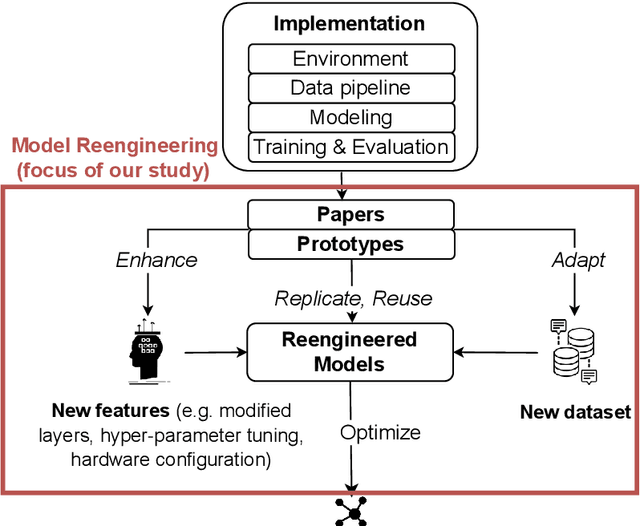
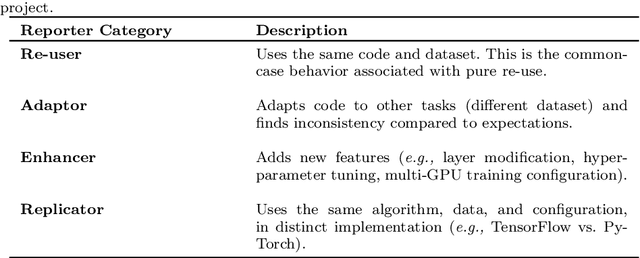
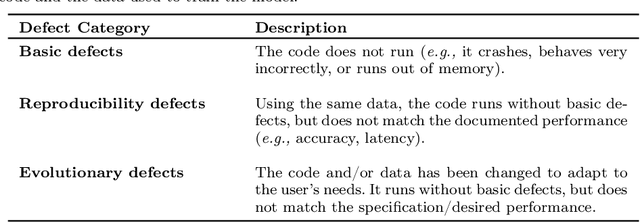
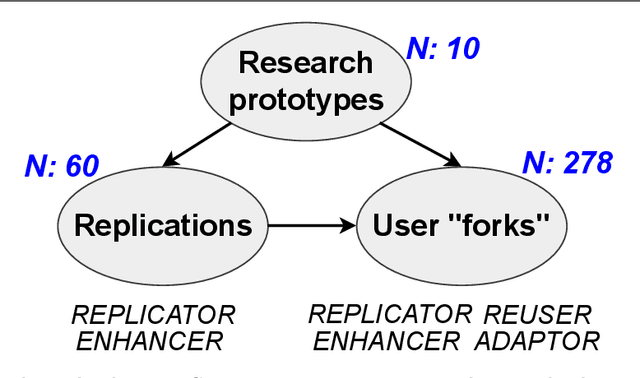
Abstract:Many engineering organizations are reimplementing and extending deep neural networks from the research community. We describe this process as deep learning model reengineering. Deep learning model reengineering - reusing, reproducing, adapting, and enhancing state-of-the-art deep learning approaches - is challenging for reasons including under-documented reference models, changing requirements, and the cost of implementation and testing. In addition, individual engineers may lack expertise in software engineering, yet teams must apply knowledge of software engineering and deep learning to succeed. Prior work has examined on DL systems from a "product" view, examining defects from projects regardless of the engineers' purpose. Our study is focused on reengineering activities from a "process" view, and focuses on engineers specifically engaged in the reengineering process. Our goal is to understand the characteristics and challenges of deep learning model reengineering. We conducted a case study of this phenomenon, focusing on the context of computer vision. Our results draw from two data sources: defects reported in open-source reeengineering projects, and interviews conducted with open-source project contributors and the leaders of a reengineering team. Our results describe how deep learning-based computer vision techniques are reengineered, analyze the distribution of defects in this process, and discuss challenges and practices. Integrating our quantitative and qualitative data, we proposed a novel reengineering workflow. Our findings inform several future directions, including: measuring additional unknown aspects of model reengineering; standardizing engineering practices to facilitate reengineering; and developing tools to support model reengineering and model reuse.
An Experience Report on Machine Learning Reproducibility: Guidance for Practitioners and TensorFlow Model Garden Contributors
Jul 29, 2021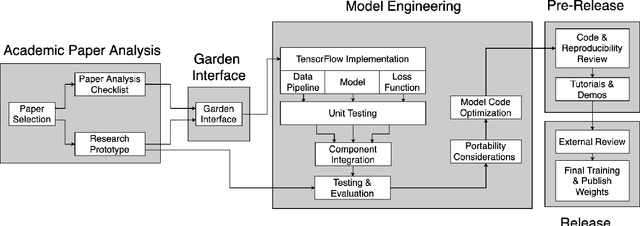
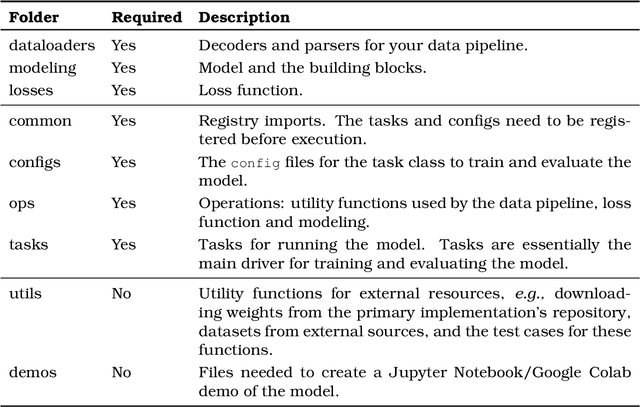
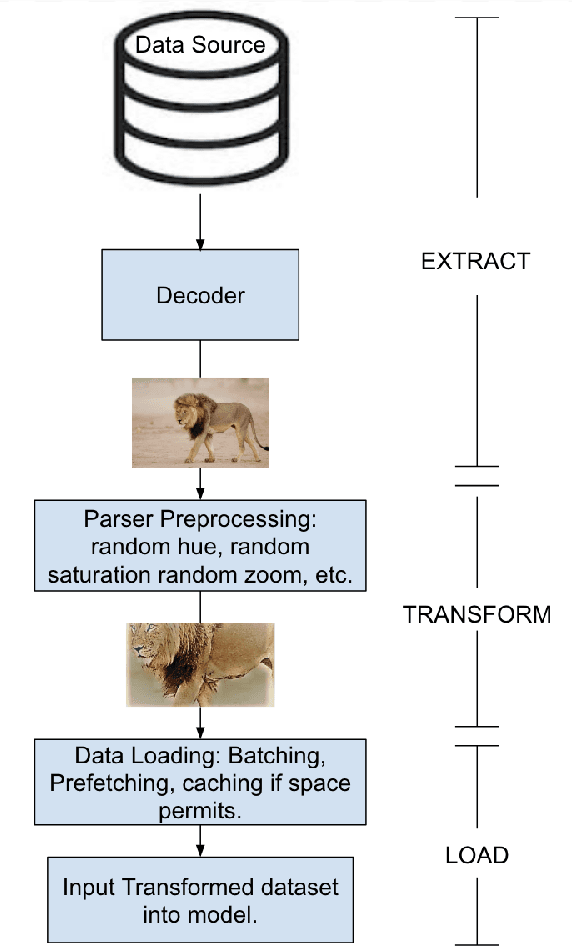
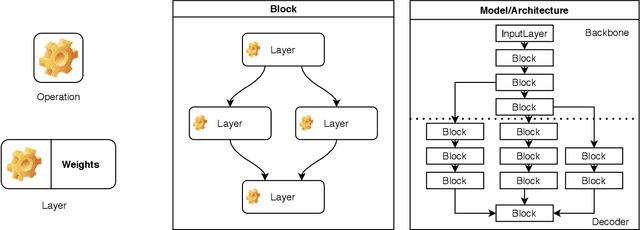
Abstract:Machine learning techniques are becoming a fundamental tool for scientific and engineering progress. These techniques are applied in contexts as diverse as astronomy and spam filtering. However, correctly applying these techniques requires careful engineering. Much attention has been paid to the technical potential; relatively little attention has been paid to the software engineering process required to bring research-based machine learning techniques into practical utility. Technology companies have supported the engineering community through machine learning frameworks such as TensorFLow and PyTorch, but the details of how to engineer complex machine learning models in these frameworks have remained hidden. To promote best practices within the engineering community, academic institutions and Google have partnered to launch a Special Interest Group on Machine Learning Models (SIGMODELS) whose goal is to develop exemplary implementations of prominent machine learning models in community locations such as the TensorFlow Model Garden (TFMG). The purpose of this report is to define a process for reproducing a state-of-the-art machine learning model at a level of quality suitable for inclusion in the TFMG. We define the engineering process and elaborate on each step, from paper analysis to model release. We report on our experiences implementing the YOLO model family with a team of 26 student researchers, share the tools we developed, and describe the lessons we learned along the way.
 Add to Chrome
Add to Chrome Add to Firefox
Add to Firefox Add to Edge
Add to Edge